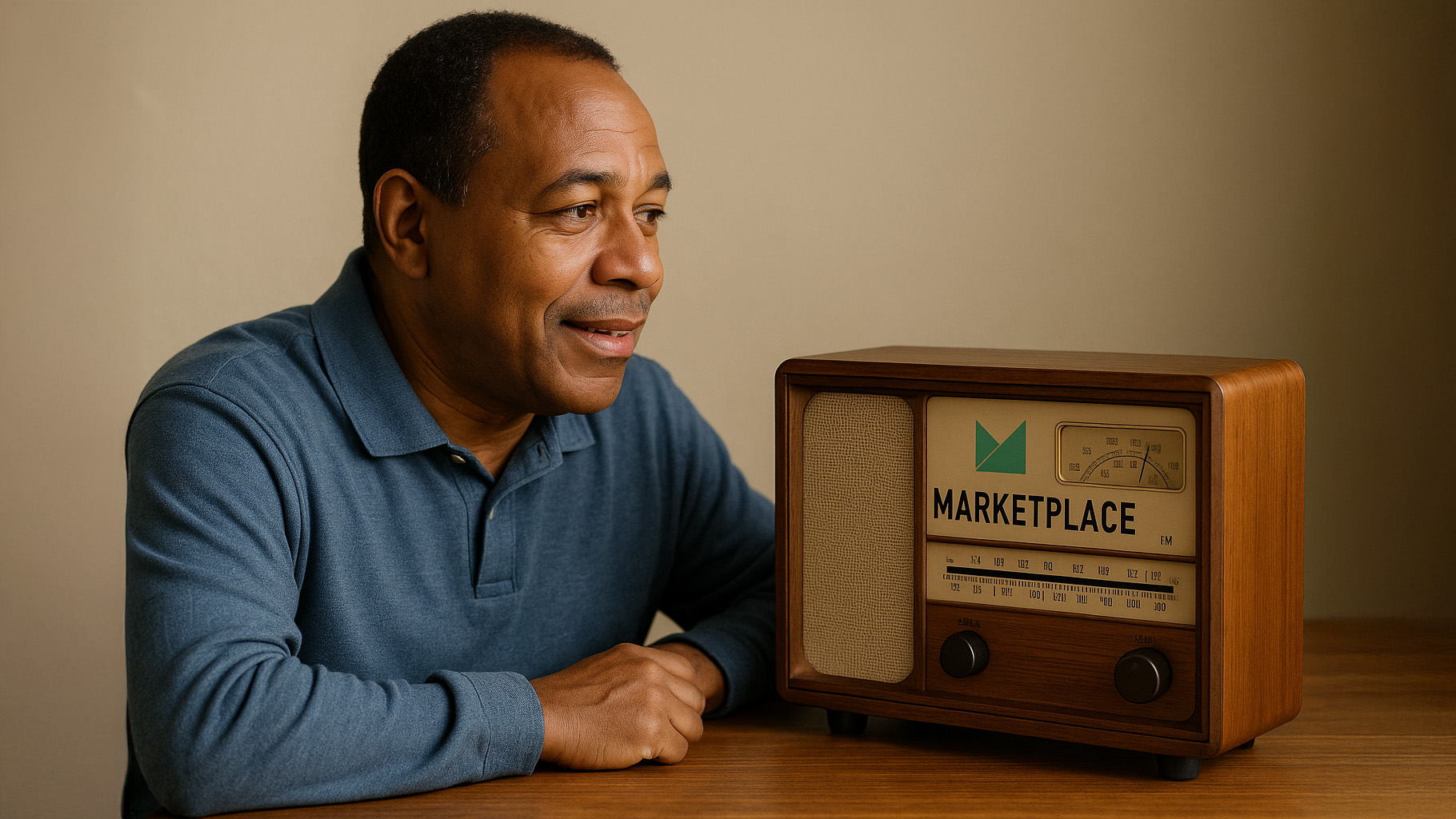Imagine a marketplace. A place where buyers meet sellers, deals are struck, margins trimmed, and algorithms hum in the background like overworked baristas. For years, the formula was simple: connect supply with demand, take a cut, scale like mad, and call yourself a platform. Then something changed. The world got noisy. Attention became scarce. Transactions were no longer enough. The new currency? Eyeballs. Engagement. Watch time. Welcome to the era when marketplaces quietly morph into media companies.
It sounds dramatic, but it’s already happening everywhere. Amazon doesn’t just sell—it streams, advertises, and curates. Airbnb runs content that could rival a travel magazine. Etsy tells stories about makers. And in the UK, Carwow—a car-buying platform once focused on connecting dealers and customers—has become a textbook case of this transformation. What began as a sleek, data-driven marketplace now looks suspiciously like a digital broadcaster with an e-commerce backend.
That shift isn’t a rebrand. It’s strategy.
The moment a marketplace starts caring about watch time, clicks, and audience retention, it crosses into media territory. The line between “place to buy” and “place to watch” blurs faster than a drag race in a Carwow video. What used to be a clean transaction engine now fights for the same attention as YouTube, Instagram, and Netflix. And that means new rules.
The attention economy doesn’t do mercy. It rewards platforms that can entertain, educate, and sell all at once. If your marketplace is just a place to transact, you’re in trouble. People don’t just want to buy—they want to be part of something. They want discovery, curiosity, personality. They want a story. The marketplaces that understand this are the ones evolving into hybrid beasts: half commerce, half content. They don’t just show listings; they tell tales.
Let’s rewind for a second. The old marketplace model was transactional minimalism. The buyer wants a thing, the seller has a thing, the platform connects them. Everyone’s happy—except investors who’ve realised that transaction fees alone don’t feed unicorns anymore. So platforms began looking for stickier revenue streams. Advertising was the obvious choice. Then came content, influencers, branded videos, curated feeds. Suddenly, your local marketplace was acting like a publisher, producing content that looks suspiciously similar to entertainment.
The irony is that marketplaces were never supposed to be media. Their beauty lay in neutrality. They didn’t care what you bought, as long as you bought. Now, neutrality is out; narrative is in. The marketplace of the future doesn’t just show products—it shapes perception. And when that happens, the old strategic playbook collapses.
Attention becomes a new KPI. Engagement metrics start sneaking into board meetings that used to obsess over GMV and conversion rates. Marketing departments morph into editorial teams. Product managers talk about storytelling arcs. Somewhere between the analytics dashboard and the YouTube thumbnail, marketplaces discover that media isn’t an add-on. It’s a survival instinct.
Take Carwow again. A few years ago, it was known mainly as a comparison tool for car buyers. You entered your dream model, and dealers sent quotes. Simple. Efficient. Utterly unsexy. Then Carwow built a YouTube channel. Not just a few ads, but full-on, high-production automotive shows. Drag races, expert reviews, celebrity guests—the kind of content petrolheads actually wanted to watch. And people did. Millions of them. Their channel grew into one of the largest automotive media platforms in Europe. Suddenly, Carwow wasn’t just a car marketplace—it was the place to experience cars.
That wasn’t an accident. It was strategy dressed as entertainment. Because every view, every comment, every like fed a loop. The more people watched, the more they trusted the brand. The more they trusted the brand, the more likely they were to use the platform when they needed a car. Dealers noticed. Advertisers noticed. Carwow became a marketing machine for manufacturers. Today, it doesn’t just facilitate car sales—it sells attention.
This is where things get fascinating. When a marketplace becomes media, its business model multiplies. It no longer relies solely on transaction fees. It can sell ad space, brand partnerships, sponsored reviews, data insights. It can run campaigns for manufacturers who want to reach audiences before they even think about buying. It controls the full funnel—from awareness to action. That’s the holy grail of modern commerce.
But, of course, nothing’s free. The moment a marketplace steps into media territory, it inherits all of media’s headaches. Bias, transparency, content moderation, algorithmic responsibility. Who gets featured? Who pays for visibility? When your recommendation engine doubles as a storytelling device, neutrality evaporates. Platforms start shaping demand, not just matching it.
That’s when governance becomes strategy. If your platform is seen as favouring certain sellers because of paid promotions or branded content, trust can collapse overnight. The magic of marketplaces lies in perceived fairness. Lose that, and you lose the flywheel. It’s a delicate balance: curate like media, transact like commerce, and still look impartial.
Then there’s the regulatory headache. Once you behave like media, regulators might treat you like one. Advertising standards, influencer disclosures, data privacy—all come knocking. The European Union’s Digital Markets Act is already watching large digital platforms with the intensity of a tax auditor at the end of the quarter. What used to be a “tech platform” suddenly looks suspiciously like a “publisher.” And publishers have obligations.
Yet, despite the pitfalls, the rewards are enormous. A media-driven marketplace enjoys deeper engagement, higher brand loyalty, diversified income, and a moat built on culture rather than price. In a world where social media feeds determine buying behaviour, not being a media platform is starting to look reckless.
The economic logic supports it. Advertising margins are juicier than transaction fees. Content builds habit. Data from media consumption fuels smarter personalisation. Users who watch videos, read stories, or browse reviews stay longer and return more often. The more they return, the more they buy. Suddenly, the platform owns both the top and bottom of the funnel. That’s strategic power.
Of course, not everyone can pull it off. Turning a marketplace into media isn’t about hiring an intern to write blogs. It’s about reengineering the product experience around attention. You need creative DNA, algorithmic savvy, and editorial discipline. You need to understand your audience’s entertainment threshold as well as their buying intent. It’s part content studio, part data lab, part marketplace. Which means leadership must stop thinking like brokers and start thinking like producers.
The irony is that many marketplaces stumble because they think media is a side project. They throw in a few blog posts, maybe a podcast, and call it a content strategy. That’s not media. That’s wallpaper. Real media demands vision. It requires knowing when to educate, when to provoke, when to make people laugh, when to sell subtly. It’s emotional architecture, not product marketing.
Carwow understood this. Their videos aren’t ads—they’re entertainment. You watch because you enjoy them, not because you’re being sold to. And yet, you’re being sold to brilliantly. They’ve built a voice in a category where most players still speak in technical spec sheets. They’ve turned a car purchase—a notoriously dull process—into a spectacle. That’s the secret sauce of media-thinking.
Now other marketplaces are taking notes. Retail platforms are becoming publishers. Travel sites are turning into lifestyle magazines. Food delivery apps are producing cooking shows. Everyone wants to capture the pre-transaction moment—the emotional spark that precedes purchase. Because whoever controls that, controls the market.
But let’s not romanticise it too much. This hybrid model has an identity problem. Are you a marketplace with content, or a media company with a marketplace? The answer changes how you invest, who you hire, what you measure. Too much content, and you forget to sell. Too much sales focus, and you lose your audience. The art is in maintaining tension without snapping the rope.
For strategists, this era is thrilling chaos. It demands cross-pollination between disciplines that once despised each other. Editors sit in meetings with engineers. Data analysts debate thumbnail design. Journalists talk about conversion funnels. Suddenly, everyone’s speaking a dialect of the same language: engagement.
And the rewards go beyond revenue. A media-driven marketplace can shape taste, culture, and even policy. It can elevate small sellers, spotlight sustainability, change how people choose. The marketplace becomes not just a facilitator but a tastemaker. That’s where real influence—and long-term value—reside.
So, what’s the playbook for the next five years? Think like a storyteller, act like a matchmaker, monetise like a strategist. Build an experience that feels more like browsing a magazine than scanning a spreadsheet. Use content not as decoration but as a gravitational field. And remember: attention is the new logistics.
Carwow’s success isn’t a one-off. It’s a preview. The platforms that will dominate the next decade won’t just move goods—they’ll move emotions. They’ll orchestrate entire ecosystems of trust, entertainment, and commerce. The future of marketplaces looks suspiciously like television—except it sells you cars instead of soap.
The smartest players will realise that in this new landscape, product is content, content is media, and media is marketplace. The rest will keep chasing transactions while wondering why no one’s paying attention.

